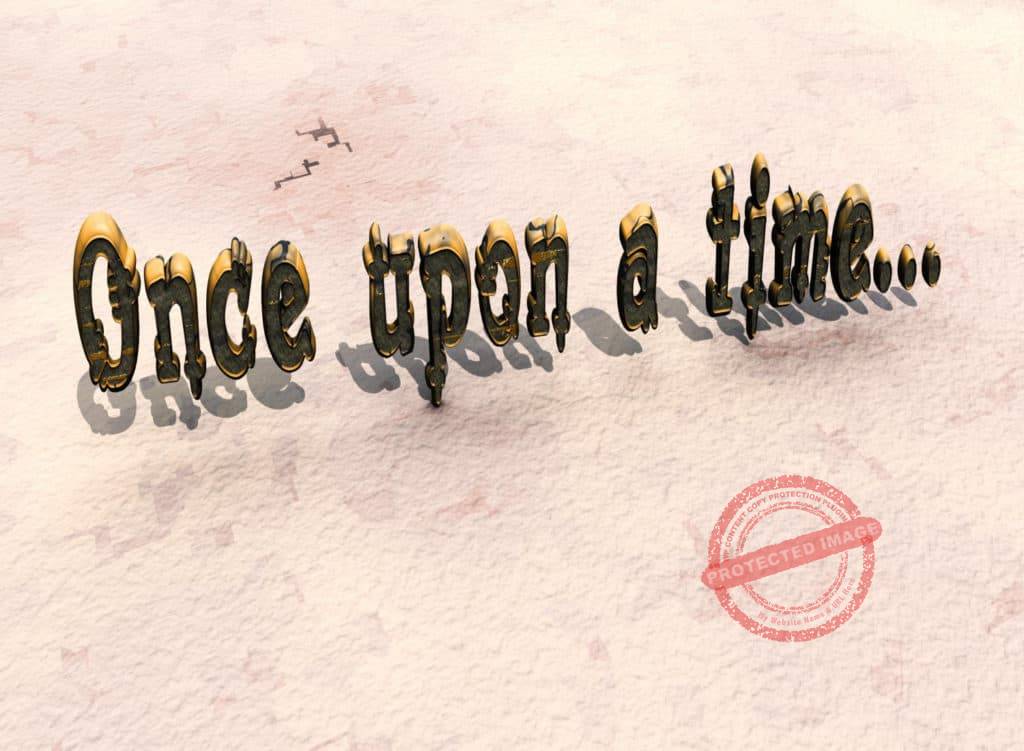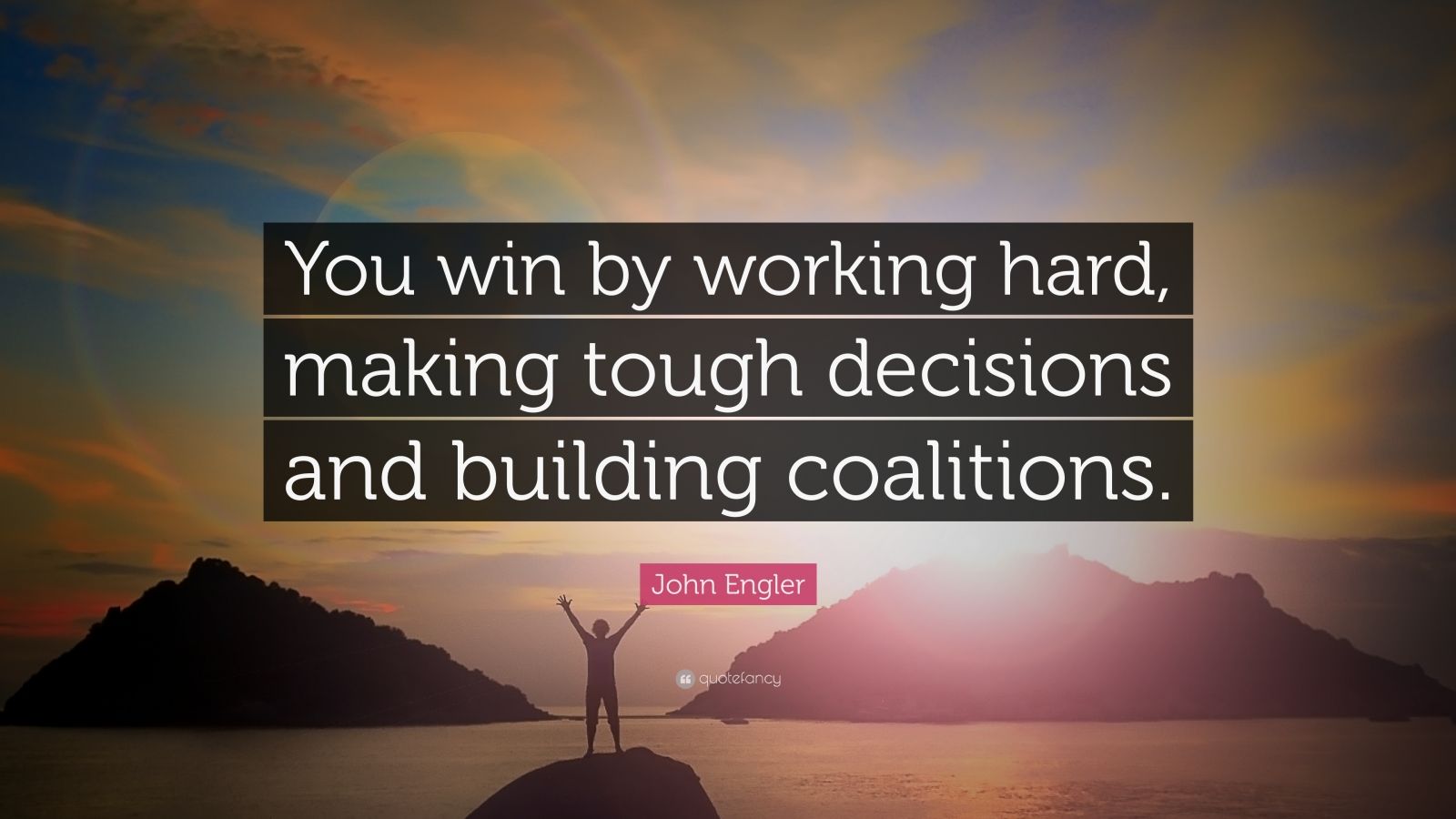

In these instances, you can try something out rather than fully committing to it. Basically, there is a lot more wiggle room with what’s sometimes called a two-way door decision. It’s important to understand the difference before making your choice. Determine if it’s a “one-way, or two-way door” decision But it might be not be a bad idea to allow your gut instincts to factor into the equation.Ĭlick to tweet 4. You probably shouldn’t base your final decision solely on your intuition. In the moment, we might not be readily able to access specific information, but our gut has it at the ready.” “It holds insights that aren’t immediately available to your conscious mind right now, but they’re all things that you’ve learned and felt. It’s this unconscious-conscious learned experience center that you can draw on from your years of being alive,” Melody Wilding, therapist and professor of human behavior at Hunter College told Fast Company. “Your gut is this collection of heuristic shortcuts. You might not know exactly why you feel the way you do, but your subconscious might be wiser than you think. Sometimes, an option or idea just doesn’t feel quite right. There’s certainly at least something to be said for considering any intuitive thoughts or feelings as a part of the equation. Some people swear by trusting their “gut instinct”, and they be on to something. So seek to simplify things a bit when you’re feeling stuck. It is difficult when options are more open-ended. Now you can weigh the pros and cons of each choice and decide which is best. You could ask for support from a colleague, commit to spending more time with the client, or decide to have a conversation about the issue, for example. Instead of running through all the possible ways you might handle the situation, narrow down your choices to four or five, maybe even three, different possibilities.

#Making hard decisions how to#
For example, let’s say you’re trying to decide how to work with a difficult client. It’s helpful to develop a clear and precise understanding of your choices in order to hone in on the best course of action. Simply explain that you need to take a little time because you want to be sure that you make the best choice for everyone involved. And don’t let anyone else back you into a corner either. When you have a decision to make, you want to make it wisely. But it’s important not to let that sense of urgency cloud your better judgement. There’s pressure to move ahead and get going. Sometimes, when you’re feeling torn between one choice and another, it can feel tempting to just sort of pick.

Take your timeįirst things first – when you have a big decision to make, be sure to take your time and not jump the gun. But, there are some tools that anyone can use to help make tough choices at work. Everyone goes about solving these problems a little differently. Tough decisions at work shouldn’t be taken lightly. It can be hard to commit to steering yourself, and maybe your company too, in a certain direction when you aren’t sure how things will turn out. Even the most decisive people occasionally struggle with knowing how best to proceed.Įvery once in a while, you have to make a choice at work without knowing which option or opportunity is best. Sometimes you have to make tough decisions in order to move forward and meet the demands of your job.


 0 kommentar(er)
0 kommentar(er)
